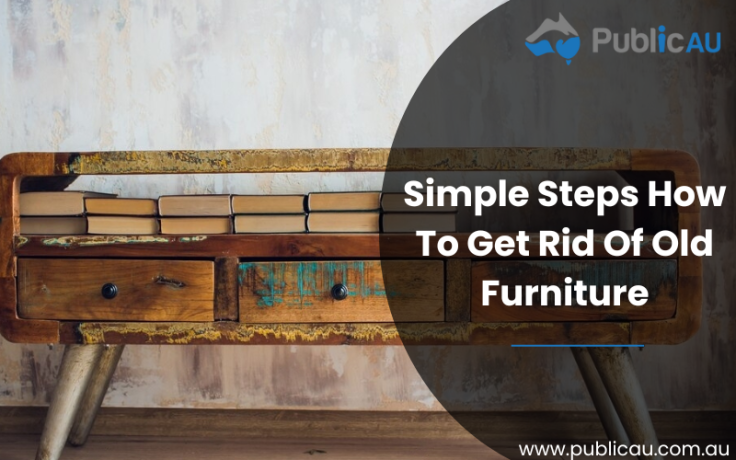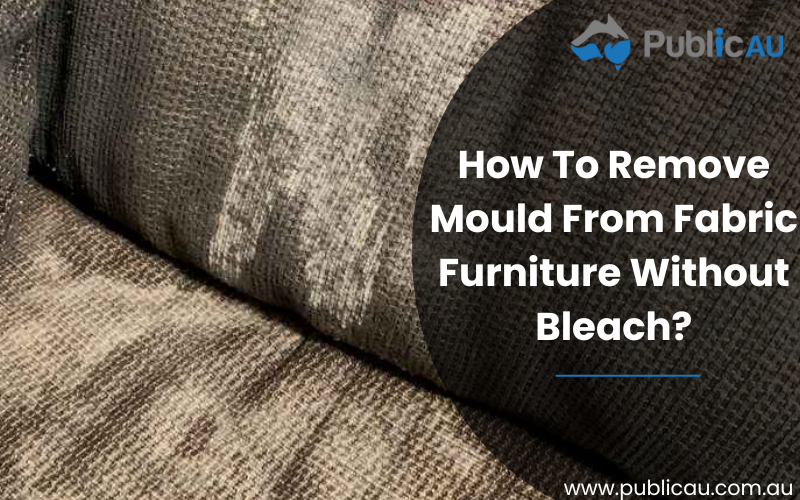
Are you tired of battling mould on your beloved fabric furniture? We’ve got the ultimate guide on how to remove mould from fabric furniture without bleach that will help you banish those pesky spores without resorting to harsh bleach!
Mould can be a stubborn enemy, especially when it decides to settle into our cosy couches and plush chairs. But fear not, because we have all the tips, tricks, and natural remedies you need to reclaim your furniture from its fungal invaders.
What is Mould?
Mould is a type of fungus that exists everywhere in our environment. It reproduces through tiny pores that float through the air and can settle on various surfaces. These spores are invisible to the naked eye but become visible when they form colonies.
There are thousands of different types of mould, with some being harmless while others can be toxic. The most common types of household moulds include Aspergillus, Penicillium, Cladosporium, Alternaria, and Stachybotrys chartarum (also known as black mould).
How Does Mould Grow?
Mould requires three main things to grow: moisture, warmth, and organic material to feed on. Fabric furniture provides an ideal breeding ground for mould as it absorbs moisture easily and offers plenty of organic materials such as dust particles or food stains.
When these conditions are present for more than 24-48 hours, moulds start to form visible patches that can be black, green, or white. They can also release a musty odour.
How To Remove Mould From Fabric Furniture Without Bleach?
🧺 Vinegar and Baking Soda:
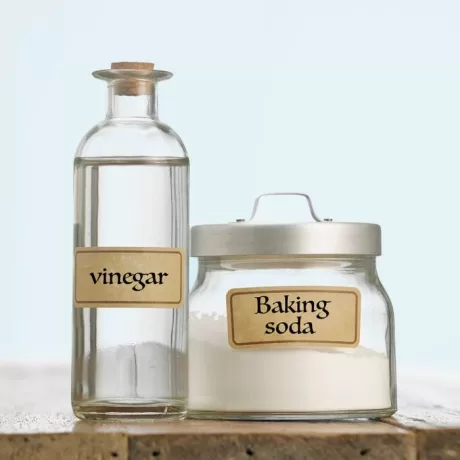
This classic household combination is known for its cleaning properties and can also be effective in removing mould from fabric furniture. Mix equal parts white vinegar and water in a spray bottle and add a few tablespoons of baking soda. Shake well and spray onto the affected area. Let it sit for an hour before scrubbing with a brush or cloth. Rinse with water and let the furniture air dry.
How to Make the Solution:
To make the white vinegar and baking soda solution, you will need:
– 1 cup of distilled white vinegar
– 2 tablespoons of baking soda
– A spray bottle
Instructions:
- Start by pouring one cup of distilled white vinegar into a spray bottle.
- Next, add two tablespoons of baking soda to the spray bottle.
- Close the spray bottle tightly and shake well until the baking soda dissolves completely in the vinegar.
- The solution may fizz up initially due to the chemical reaction between the vinegar and baking soda – this is normal.
🧺 Hydrogen Peroxide:
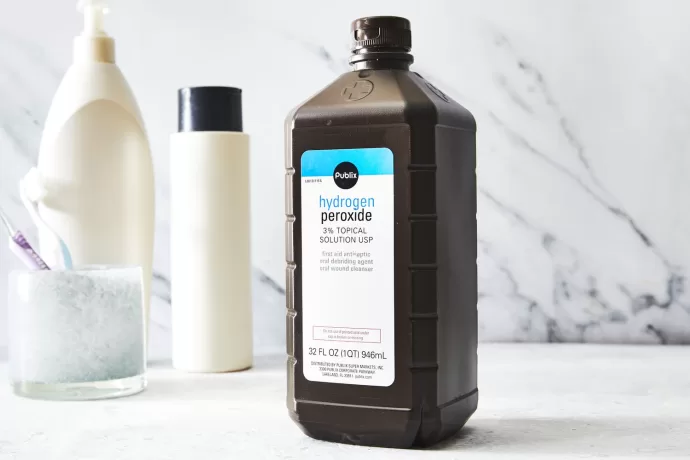
Another common household item, hydrogen peroxide has strong anti-fungal properties that make it an effective mould remover. Mix equal parts hydrogen peroxide and water in a spray bottle and apply to the mouldy surface. Let it sit for 15-20 minutes before wiping off with a damp cloth.
How to Make the Solution:
– 1 cup of 3% hydrogen peroxide
– ½ cup of dish soap
– A spray bottle
Mix the hydrogen peroxide and dish soap in a spray bottle and shake well to combine. Before spraying the mixture onto your fabric furniture, test it on a small inconspicuous area first to ensure that it does not cause any damage or discoloration.
🧺 Tea Tree Oil:
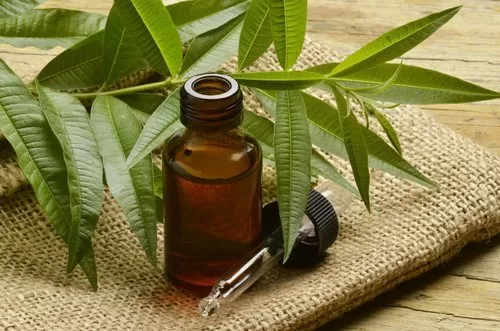
Known for its natural antifungal properties, tea tree oil is another option for removing mold from fabric furniture without bleach. Mix 1 teaspoon of tea tree oil with 1 cup of water in a spray bottle and shake well before spraying onto the affected area. Let it sit for an hour before wiping off with a clean cloth or sponge.
How to Make the Solution:
– 1 cup of water
– 10 drops of tea tree oil
– Spray bottle
Instructions:
- In a spray bottle, combine 1 cup of water with 10 drops of tea tree oil.
- Shake well to mix the ingredients thoroughly.
- Test the solution on an inconspicuous area of your fabric furniture before using it on larger areas to ensure that it does not cause any discoloration or damage.
- Once tested, generously spray the affected areas with the tea tree oil and water solution.
- Leave it on for about 30 minutes to allow the mixture to penetrate into the fabric and kill off any mould spores.
- Using a clean cloth or sponge, gently scrub the sprayed areas in a circular motion.
- Rinse with clean water and pat dry with a towel.
- For tougher stains or stubborn mould growth, repeat steps 4-7 until all signs of mould are gone.
🧺 Borax:
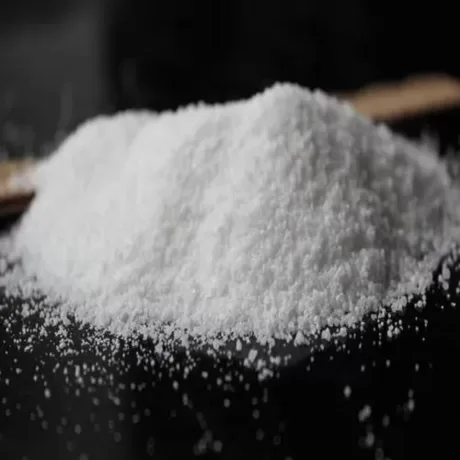
A natural mineral compound, borax is often used as a laundry booster and can also be effective in removing mould. Mix 1 cup of borax with 1 gallon of water and apply to the mouldy area. Scrub with a brush or cloth and rinse with water before drying.
How to Make the Solution:
– 1 cup of borax powder
– Water
– Bowl or container for mixing
– Spoon or whisk
Step 1: Mix the Borax Powder with Water
In a bowl or container, mix one cup of borax powder with enough water to form a thick paste. You can start with equal parts of borax and water and adjust the consistency as needed. The paste should be thick enough to spread easily but not too runny.
Step 2: Apply the Paste to the Moldy Area
Using a spoon or your fingers, apply the borax and water paste directly onto the mouldy area of your fabric furniture. Make sure to cover all surfaces affected by mould.
Step 3: Let it Sit for at Least One Hour
Once you have applied the paste, leave it on for at least one hour. This will allow the borax to penetrate deep into the fabric fibres and kill any mould spores present.
Step 4: Scrub Gently with a Soft Brush
After an hour has passed, use a soft-bristled brush to gently scrub the affected
🧺 Enzyme Cleaner:
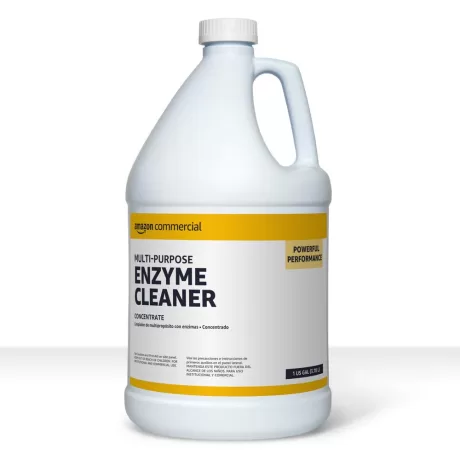
There are specific enzyme cleaners designed for removing mould from fabric surfaces that can be effective without using bleach. These cleaners work by breaking down the mould at a molecular level, making it easier to remove.
Conclusion:
Mould can be a stubborn and harmful problem, especially when it comes to fabric furniture. However, with the tips and techniques mentioned in this guide, you can effectively remove mould from your fabric furniture without using harsh bleach products.
By following these steps regularly, you can not only keep your furniture clean but also prevent any potential health risks caused by mould growth. Remember to always prioritise safety and take necessary precautions while dealing with mould on fabric furniture. With these methods at hand, say goodbye to pesky mould and hello to a clean and healthy home!

